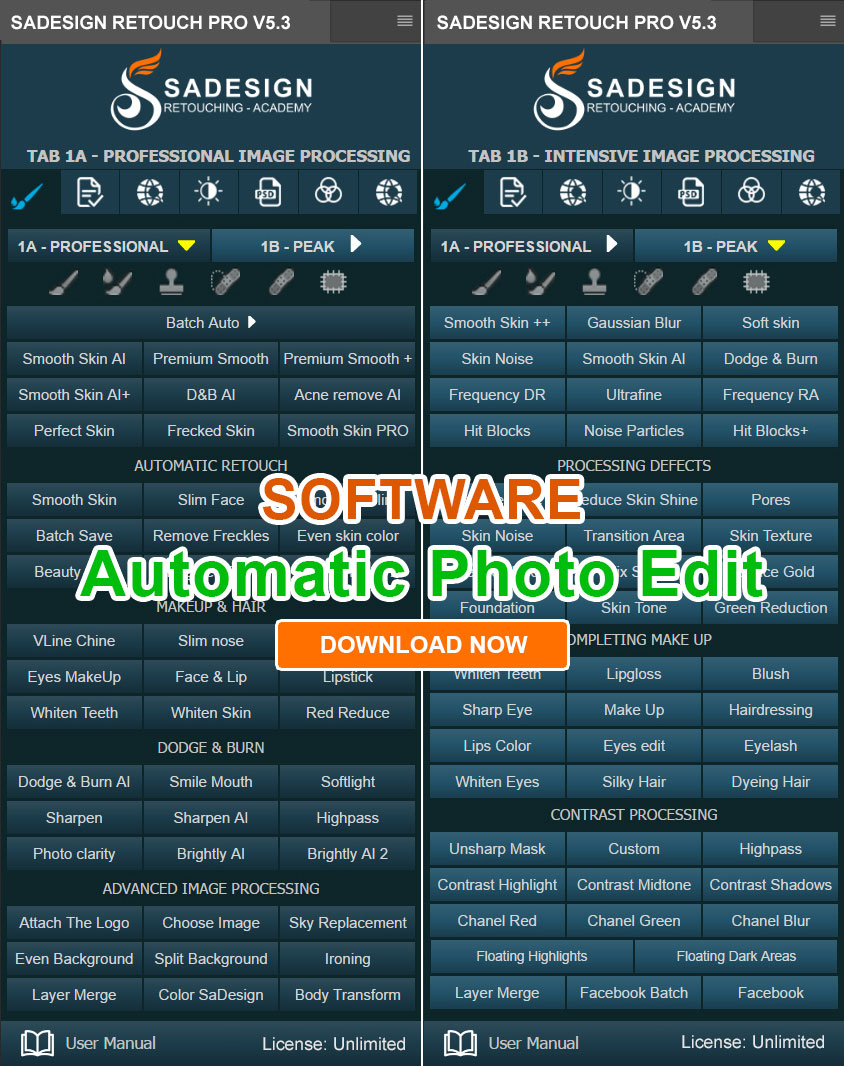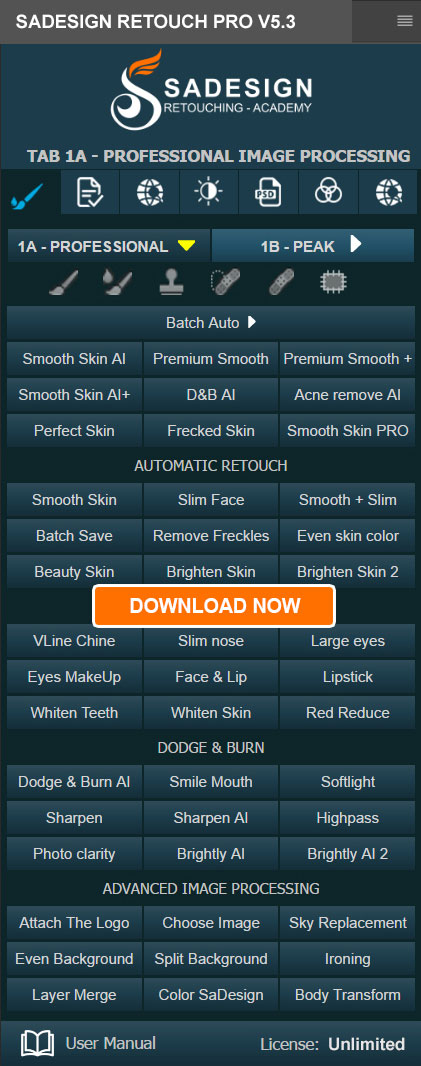Best Selling Products
CCD Sensor: A Legend of the Past and Why It's Gradually Disappearing from the Photography World
Nội dung
Once the heart of early cameras, CCDs are now nearly extinct. Where did this change come from?

At the end of the 20th century, when the world of photography began to move beyond the era of analog film, CCD (Charge-Coupled Device) sensor technology became a symbol of breakthrough. Invented in 1969 at Bell Labs by two scientists, George Smith and William Boyle, CCD sensors marked an important transition in photography: from depending on chemicals and physical film to recording images electronically.
1. CCD sensor
It is worth noting that at the time of its creation, the CCD sensor was not designed to be the basis of a camera. The inventors' original goal was to create an electronic data storage device. However, the ability to convert light into electronic signals with high precision led to the CCD's rapid application in the field of imaging. In 1970, Bell Labs published the first image captured with a CCD, ushering in the era of digital photography.
During the 1980s and 1990s, manufacturers such as Sony, Nikon, Kodak and Canon continued to use CCDs in their first digital cameras. During this period, CCDs were almost the only standard for all professional photography equipment. Classic cameras such as the Nikon D1 or Canon EOS 1Ds Mark II were based on CCD sensors, providing impressive image quality, low noise and natural colors.
The CCD’s greatest strength lies in its ability to process light uniformly. Each pixel on the sensor acts as an electron container, and when light hits it, the electrons generated are transferred sequentially from one point to another to a single readout. This process ensures that the entire image is captured under the same conditions, minimizing distortion and ensuring absolute uniformity in color and brightness.
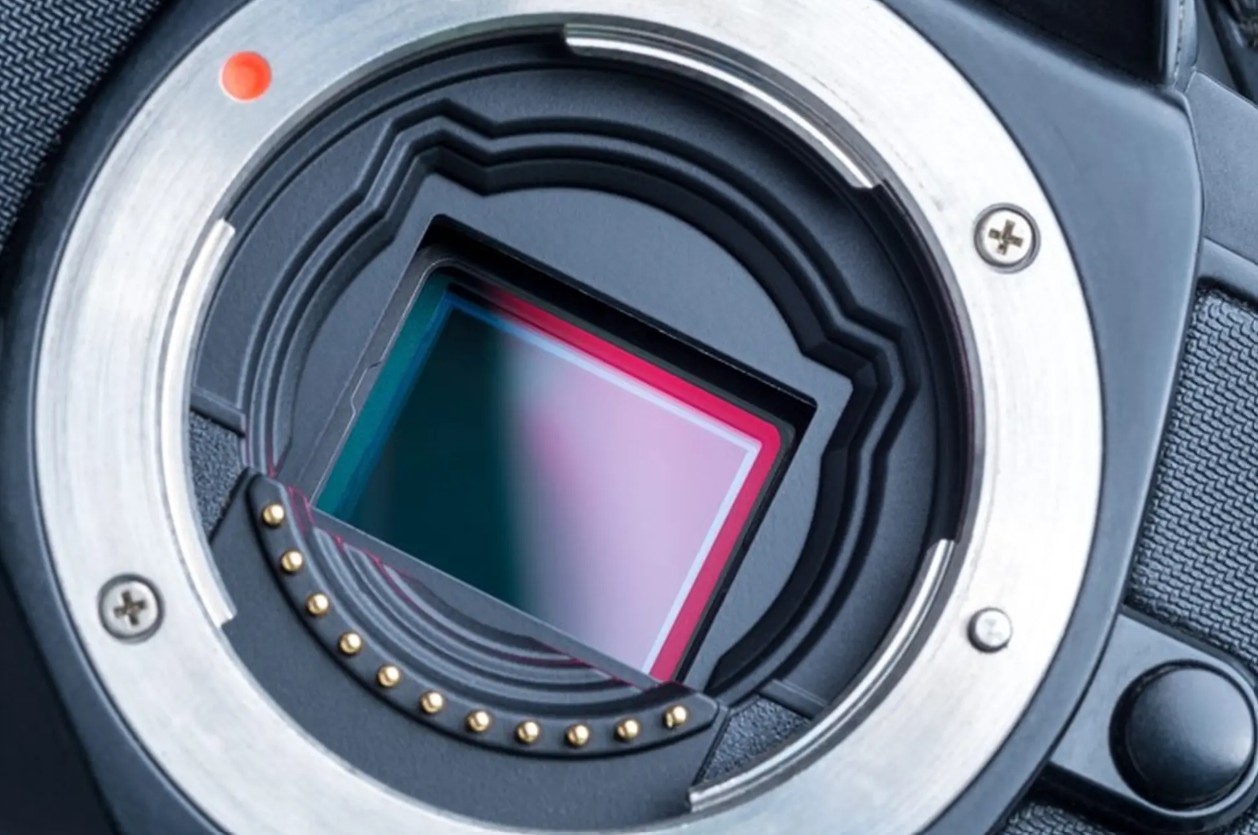
In the early days of digital photography, no technology could compete with CCD. Cameras using this sensor produced images with great detail, a wide tonal range, and high accuracy. For professional photographers, “CCD” was almost synonymous with “quality.” It was a time when anyone who owned a CCD camera felt like they had the best technology to represent the world through light.
2. The birth of CMOS sensors
In 1995, Eric Fossum, an engineer at NASA, invented the CMOS (Complementary Metal-Oxide-Semiconductor) sensor. Initially, this technology was considered far inferior to CCD in image quality. CMOS produced noisy images, low contrast range, and poor color reproduction. However, CMOS had a hidden advantage: lower manufacturing costs and much lower power consumption than CCD.
While CCDs require a separate complex manufacturing process, CMOS can be manufactured on the same lines as conventional semiconductor chips. This makes CMOS an economically attractive option, especially as the electronics industry begins to move towards large-scale production.
Another advantage of CMOS is its integration. While CCDs only collect light and require separate components to process and amplify the signal, CMOS can integrate all of these steps on the same chip. This means faster image processing, smaller size, and lower power consumption.
However, for many years after its introduction, CMOS was still not competitive enough. Professional photographers and camera manufacturers remained loyal to CCD, because they were not willing to trade image quality for lower cost.

Everything changed when semiconductor technology advanced rapidly in the early 2000s. Manufacturers like Sony and Canon began to invest heavily in improving pixel structure, reducing noise, and improving low-light performance for CMOS. And from there, a new revolution in photography began.
3. When cameras say goodbye to CCD sensors
Moving into the 2010s, the change happened so quickly that many people didn’t even notice. Most new camera models used CMOS sensors instead of CCD. Technical, economic, and user experience reasons led to CCDs being phased out of the consumer market.
CMOS sensors allow cameras to consume less power, while also increasing the speed of continuous shooting and video processing. Furthermore, CMOS easily integrates with image processors (ISPs), which optimize color, white balance, and contrast in real time.
Manufacturing costs are also key. With the ability to take advantage of common semiconductor lines, CMOS is much cheaper than CCD. This opens the door for hundreds of millions of devices to be equipped with cameras, from smartphones, tablets to IoT devices.
According to statistics, CMOS currently accounts for 90% of the digital image sensor market , bringing in tens of billions of dollars in revenue each year. CCD, which used to be the symbol of high-quality photography, is now only used in a few specialized fields such as science, astronomy and medicine.
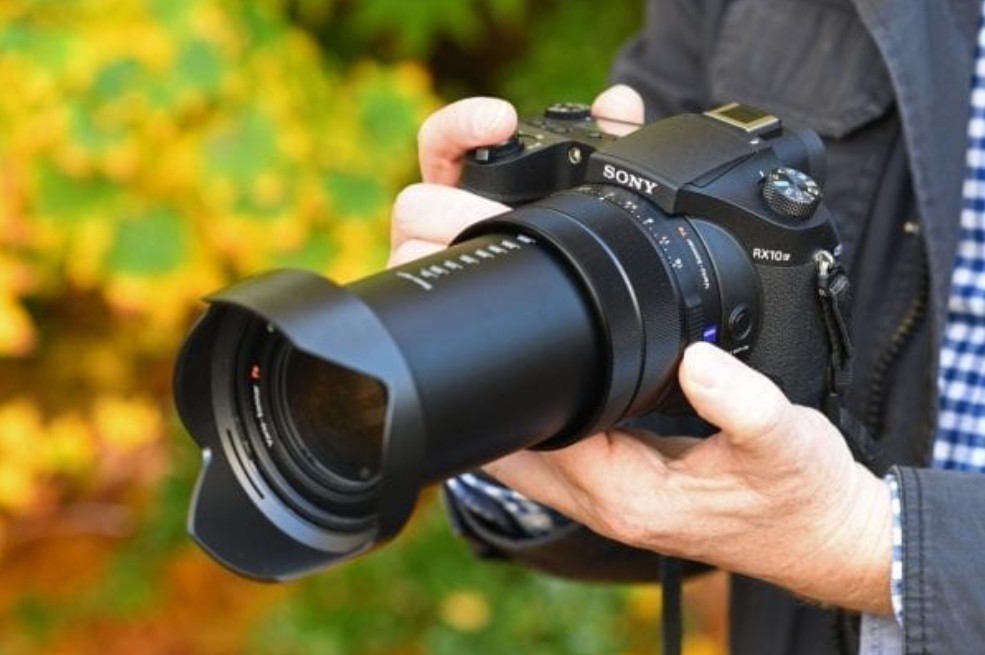
The decline of CCDs from the consumer market is the inevitable result of the law of technology: convenience and cost always win. As users began to prioritize the ability to “shoot fast, process fast, and share fast,” CCDs with their slow read speeds and high power requirements no longer had a place.
However, the move away from CCD cameras does not mean the end of this technology, but rather a transition to a new role, where CCD continues to prove its value in fields requiring absolute precision.
4. CCD: When accuracy is everything
To understand why CCDs are still revered in scientific fields, it is necessary to take a closer look at how they work. In a CCD sensor, when light is shone on it, each pixel generates a number of electrons corresponding to the light intensity. These electrons are transferred along the sensor surface to a single readout. Because there is only one readout point, every pixel is processed under the same conditions, ensuring high uniformity and minimizing noise.
This property makes CCDs particularly suitable for applications that require high precision in spectrum and light intensity. In the field of astronomy , CCD sensors are used to record the faint rays of light from celestial objects millions of light years away from Earth. Telescopes such as the Hubble Space Telescope and the Keck Observatory use CCDs to capture images of the universe with absolute detail.
Similarly, in medicine , CCDs still play a key role in diagnostic imaging devices such as digital X-ray machines, optical endoscopes or fluorescence microscopes. Here, the accuracy of light intensity and color not only affects aesthetics but also determines the detection of pathology.
Although no longer suitable for mass photography, CCDs remain a symbol of honesty in recording light. For scientists, this is not just a technology, but a tool that allows them to see things that the naked eye cannot.
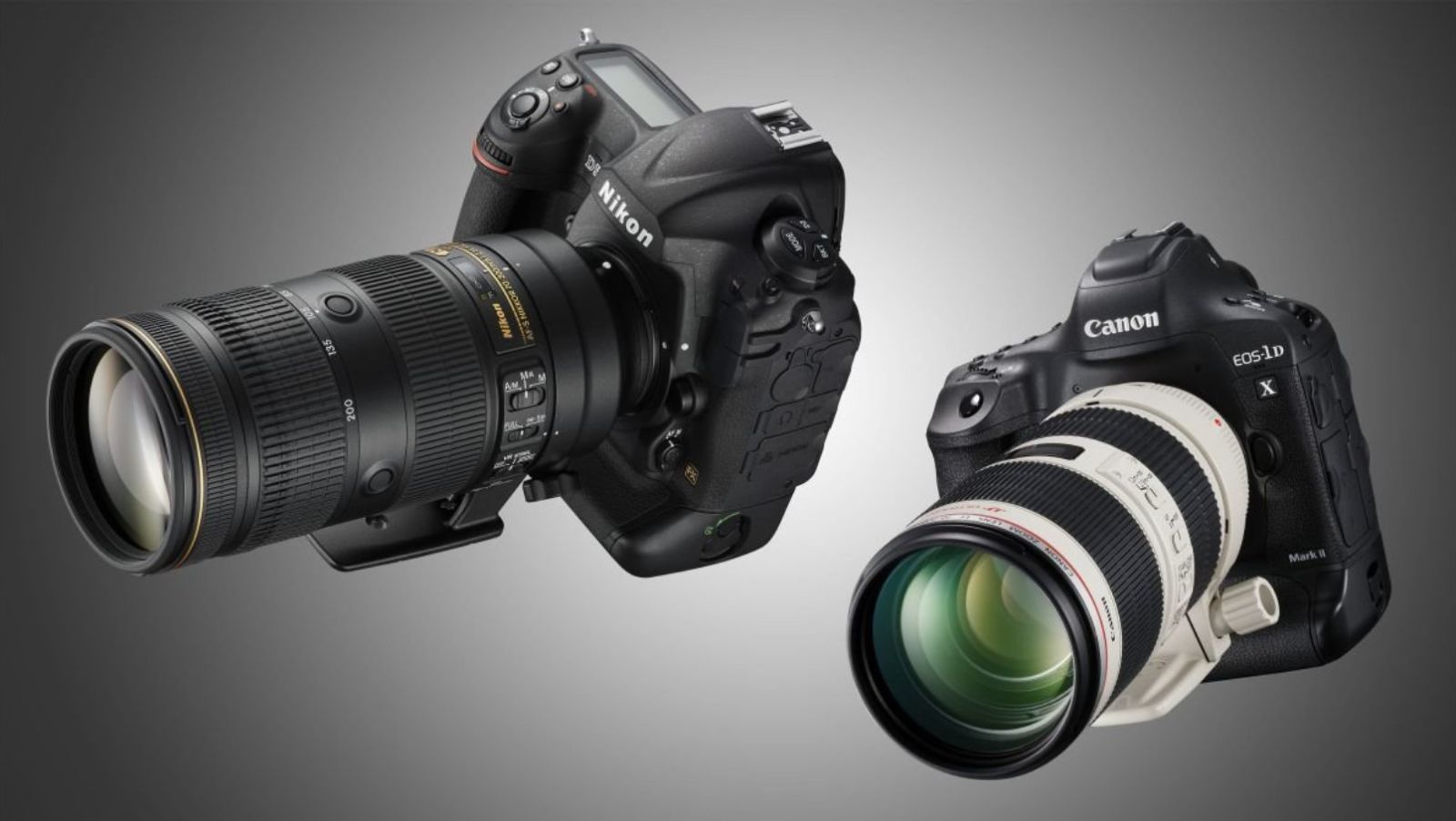
5. CMOS: Evolution in Time
If CCD stands for precision, then CMOS stands for adaptability. The advent of smartphones and social media has completely changed the way people take and share photos. Users no longer just want to capture moments, they want to create content, share and even process images right on their handheld devices.
To meet that need, CMOS sensors have been continuously improved. BSI (Backside Illuminated) technology helps increase the ability to collect light in low-light environments, while Stacked CMOS allows for the integration of additional memory and microprocessors right on the sensor, significantly reducing the latency when shooting. These technologies make CMOS increasingly powerful, allowing cameras and phones to record high-quality images in a variety of conditions.
CMOS is not only technically better, it also gives product designers more creative freedom. The reduction in size and power consumption opens up the possibility of designing compact, elegant, yet powerful camera bodies. This is evident in the development of mirrorless cameras, which combine DSLR quality with the portability of compact cameras.
The popularity of CMOS has brought photography to billions of people. It is no longer a tool reserved for professional photographers but has become the common language of everyday life. From travel photos to artistic videos, CMOS has made capturing moments easier, faster and more accessible than ever before.
6. The change of times and design philosophy
From a product designer's perspective, the replacement of CCD by CMOS is not only a technical story, but also the expression of a new design philosophy .

CCDs require complex camera structures: heat dissipation systems, large batteries, separate processors, and dedicated readout circuits. This makes the camera heavy, thick, and less flexible. CMOS, on the other hand, simplifies the entire structure, allowing for thinner, lighter, and more user-friendly products.
CMOS allows designers to focus on the user experience rather than just solving technical problems. This leads to devices that are highly personalized, easy to use, and approachable. Photography is no longer a niche field but is part of everyday life, from the phone in your pocket to the camera on a drone or smartwatch.
The philosophy of “user-centered design” really took off with the advent of CMOS sensor technology. It not only changed the way we take pictures, but also reshaped the aesthetics of an entire generation of digital imaging.
The shift from CCD to CMOS is not just a shift in technology, but also a story about how humans redefine the value of images . CCD represents an era of precision and honesty; CMOS represents an era of speed and creativity. And between the two technologies lies a point of intersection.































